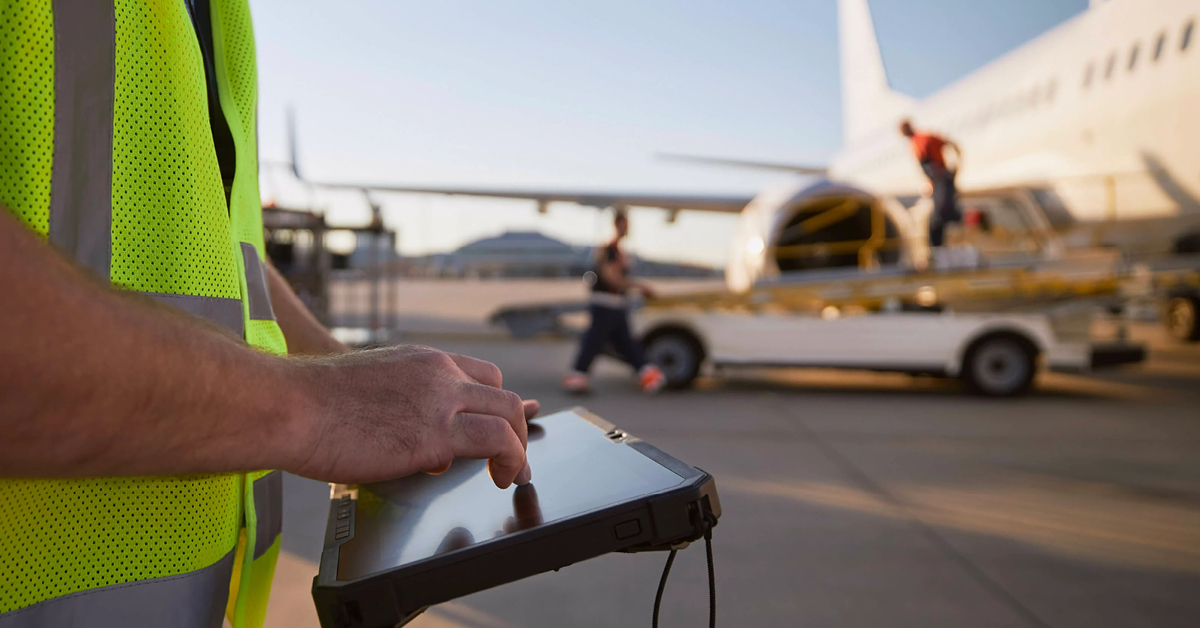A vision for the future

Efforts to tackle the enormous changes facing aviation will benefit from a first-of-a-kind forum that brings all aviation stakeholders together.
Incredibly, the next two-to-three decades will likely see an even greater transformation. Demand, digitisation and the desire for net-zero carbon emissions are among the many factors forcing air transport to reinvent itself.
The CANSO-inspired Complete Air Traffic System (CATS) Global Council aims to guide the airspace industry through this phenomenal revamp, fostering the collaboration needed to incorporate new technologies and new ways of thinking.
“The unprecedented acceleration of technologies and the introduction of new types of airborne vehicles, equipment and services will trigger significant evolutions for aviation in the decades to come,” says Hugues de Beco, ATM programme manager, Airbus. “Our collective duty to realise citizens’ expectations and our industry commitment to decarbonise will also accelerate significant changes in the way aviation and air traffic management operate.”
The CATS Global Council
The CATS Global Council is an independent innovation forum, initiated by CANSO to facilitate collaboration among leaders across the aviation and aerospace industries. Its membership is founded on the principles of cooperation and leadership. All Council Members share a concern for the future of aviation and hold a senior leadership position within their organisation.
Vision elements
The CATS Global Council 2045 Vision aims “to create global airspace that is safe, fair, intelligent and interoperable, leveraging revolutionised design, technology and services to power global mobility and prosperity”.
Several elements will need to combine perfectly to achieve the vision:
- The organisation and management of airspace need to be decentralised, harmonised, integrated and highly automated
- Digitisation and technological advancement need to be prioritised to enable the safest and most efficient flying conditions for all manned and unmanned aircraft
- Developments in hybrid technology, cleaner fuels, electrification, carbon capture and flight path optimisation must improve the environmental sustainability of the industry and help society achieve its climate targets
- Digitisation of the infrastructure of cities will allow aviation operators to create interconnected transport networks, including air taxis and drones
- A common regulatory framework, underpinned by global safety standards, needs to be adopted for a fully integrated system, including at stratosphere and space levels
- Aviation talent must be nurtured to be diverse and highly skilled.
Service delivery will take new forms in 2045 and be truly user centric. The dynamism of the industry means services need to be agile, adaptable and yet consistent. This will help system resilience and scalability.
To achieve this ideal, new technologies and big data will be essential. Service providers are therefore likely to leverage information management and connectivity with other transport modes to give all airspace users a seamless experience. They will also take a performance-based approach, which should promote competition without disrupting system-wide interoperability. It is envisaged that this will enable them to explore new revenue streams and generate value for all stakeholders.
Sustainable success
Sustainability will grow in importance. Simply, the sky of 2045 must be cleaner, quieter and more efficient. Already, all aviation stakeholders are working hard to minimise their environmental impact. The CATS Global Council 2045 Vision predicts these efforts will gather pace. Actively partnering with governments will be important to develop win-win outcomes.
The vision suggests that in 2045 “even though our skies are busier than ever before, with hybrid technology, cleaner fuels, electrification, carbon capture and flight path optimisation, the aviation sector will continue to limit its impact on the environment. The entire community actively goes beyond offsetting initiatives, mitigating environmental damage with a significant reduction in carbon emissions, noise and air pollution”.
Intermodality will be a crucial development. Advanced interconnected transport networks will allow air transport to deliver clean, seamless door-to-door experiences for passengers.
Sustainability success will also depend on political partnership, significant investment and the buy-in of the public. People will need to embrace the progress and advancement aviation is making towards global mobility in efficient and sustainable ways.
The 2045 Vision is equally adamant that this is not just about carbon emissions. “We need a holistic approach to sustainability considering impact at multiple levels and across the entire value chain of the economies and companies we serve,” it states.
“Even though our skies are busier than ever before, with hybrid technology, cleaner fuels, electrification, carbon capture and flight path optimisation, the aviation sector will continue to limit its impact on the environment. ” CATS Global Council 2045 Vision
Challenges
The Global Council’s 2045 Vision accepts that many challenges stand in the way of success.
These include:
- Balancing safety leadership with speed of innovation – Safety is aviation’s top priority but achieving safety is a time-intensive process requiring regulation, certification and constant updating. But the industry must innovate, welcome new entrants and implement new technologies as quickly as possible.
- Lack of cooperation and integration – The industry is a patchwork quilt of different business models, different regulatory frameworks and a vast array of regional and national priorities. A global industry will need global standards and best practices.
- Future talent gap – New skills will be needed to implement the 2045 Vision. Training capabilities must be improved, certification timelines reduced and change management processes introduced.
- A fragmented sky – Nearly every stakeholder uses distinct equipment, infrastructure or technology. If data is to realise operational efficiency there needs to be a high degree of consistency and interoperability.
- Risk-sensitive, legacy mindsets – The industry’s understandable obsession with safety carries with it an aversion to risk. For an industry with such a strong safety record, aversion to risk is understandable. But it must also be understood that innovation can improve safety. Technology must be trusted.
- Carving out a role for humans – What role will humans play in a complete air traffic system heavily reliant on automation and artificial intelligence? Both machine and human must be integrated such that efficiency and safety aren’t compromised.
- Inconsistent approach to sustainability – There is still an emphasis on individual flights or projects but greener, cleaner skies need a systemic approach.
What next?
In spring 2022, the CATS Global Council will release the first version of a roadmap that will outline how to turn the vision into reality. This roadmap will then be periodically updated as advanced technologies come online.
What constitutes success is unlikely to vary as the years tick by, however. Ultimately, airspace must become an integrated, harmonised, dynamic system powered by global standards that have been adopted worldwide.
For example, de-risking and deconflicting will be proactive, automated activities made possible because of the multi-layered, real-time data shared between all airspace users. This will create a unified environment that can accommodate a diverse mix of airborne vehicles, equipment and services.
Attracting new talent will be vital to reflect the diverse roles and advanced skills needed for the active management of automated systems and complex data. In 2045, “our culture has evolved too,” the vision stipulates. “We have developed dedicated resources for testing new technology and possible scenarios to allow for more rapid innovation, and we’ve invested in learning and development facilities to foster a growing generation of highly skilled industry talent.”
The end result, concludes the CATS Global Council 2045 Vision, is the safest and most efficient flying conditions for all craft, manned and unmanned.
“At a time of worldwide turbulence, optimised airspace with innovations such as cleaner and more efficient aircraft, air taxis, supersonic and ultra-long-haul flights and cargo drones will drive prosperity and growth for countries and the global economy,” says Simon Hocquard, CANSO’s Director General. “They will also transform the way we travel, work and live – all for the better.”
“However, to be ready for these future skyscapes that are just on the horizon, we need new ways of thinking and more cooperation amongst all players in this industry, including with governments. With more focus on harmonisation and integration, technology and sustainability, our vision of what is possible can become a reality – the blue skies above us can be green, effective and safe.”



